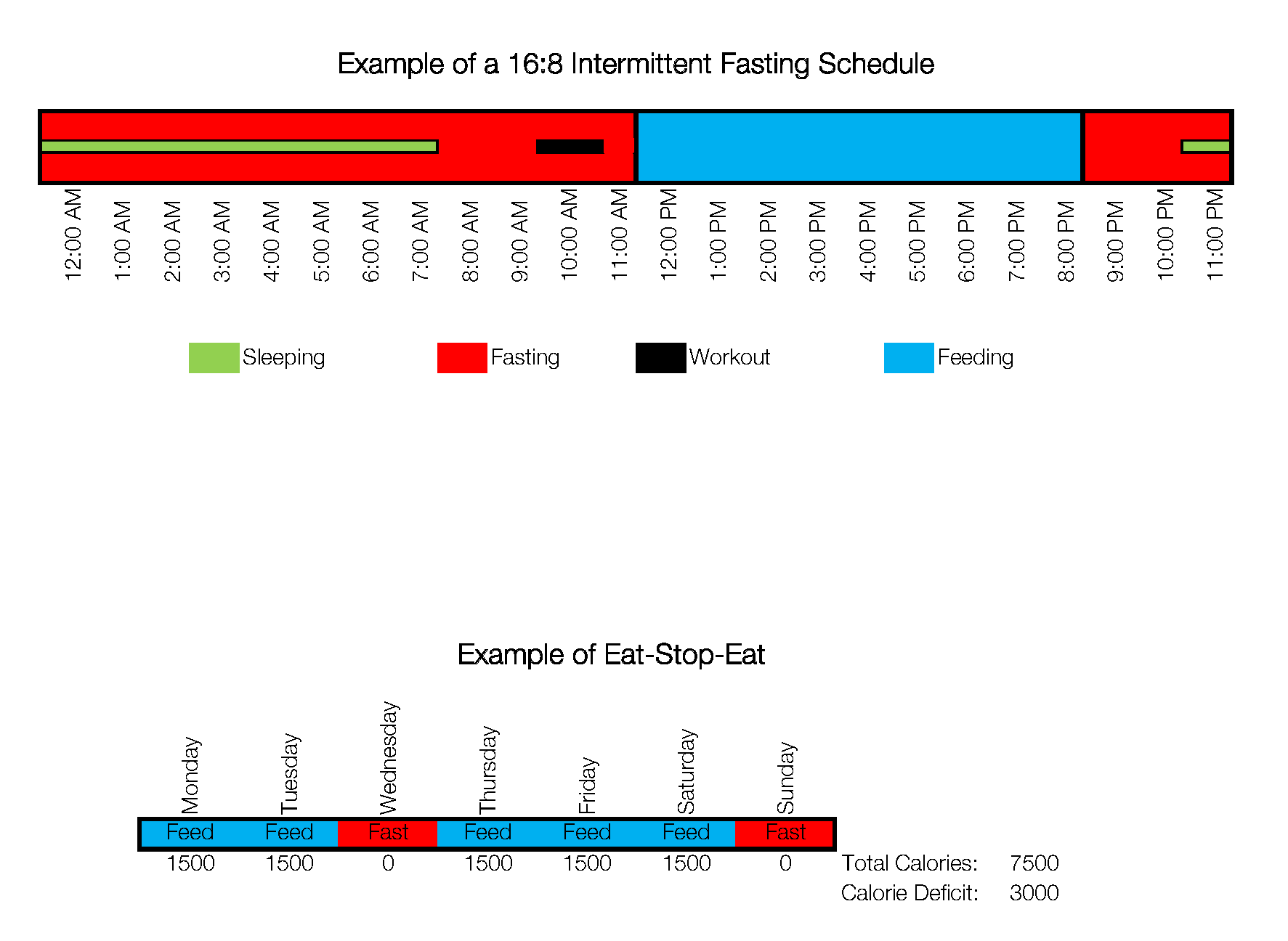Lately, across social media and within the walls of the fitness world, there has been consistent talk of intermittent fasting. While this nutrition trend isn’t ideal for every client, it certainly holds a wide variety of health and weight loss benefits for people that fall within the certain criteria of applicability.
Jessica Harvey, headquarters client, fitness expert and Franchise Partner for Tallahassee, Florida, put together a detailed break down of the do’s and don’ts of intermittent fasting.
Intermittent Fasting… a fad or fast-track to weight loss?
What is Intermittent Fasting?
All of us “fast” every single day. We just don’t recognize it because we are sleeping. Intermittent fasting involves extending that fast either before or after sleep based on your eating schedule. While there is TONS of research and material on different types of fasting, they all take advantage of some common benefits:
– Everyone’s favorite: weight loss
– Regulates blood sugar, controls hunger
– Burn more fat
– Increases cognitive functionality
– Improved sleeping patterns

Should I start intermittent fasting?
When you look at all the benefits of intermittent fasting, most people’s first thought is “BINGO! I’m down to skip breakfast!” Not so fast. Since intermittent fasting started to gain so much mainstream attention, I have found a lot of major issues have started to be overlooked. It is not for everyone.
As with any new “diet,” if you have to force yourself to follow a strict plan and it does not make your life easier – it is most likely not going to be sustainable, therefore the results will be short lived. Intermittent fasting is not meant to be a short term solution. By regulating your “feeding” schedule, you are training your body to respond pretty specifically as far as what it should do with the nutrients you are giving it. At a very basic level- you are changing the engine on which your body runs. Intermittent fasting is not a short term solution – unless you are just using it for calorie restriction. Intermittent fasting is not a diet to be followed, more a schedule to be adhered to.
2 Popular types of intermittent fasting
Lean Machine
Follows a 16 hour fast and 8 hour feeding window. This is focused more for athletes who need to maintain or build lean muscle mass. While it sounds flexible since you have a full 8 hour eating window, with this protocol you still need to monitor WHAT you are eating in order to meet the goals of maintaining or building lean muscle mass. Training times, nutrient timing, and overall diet need to be monitored.
Eat Stop Eat
This involves fasting for 24 hours at a time, a couple times a week. The results from this type of fasting are mainly based around reduced caloric intake. Meaning you don’t necessarily change what you eat, you just reduce the days you are consuming calories, therefore creating a deficit. So what now?
The purpose of this was not to encourage, or discourage the use of intermittent fasting. It was more to make you stop and think about what your specific goals are for wanting to try intermittent fasting. As with any “diet” that cannot be maintained easily with your lifestyle, you want to avoid any chance of metabolic damage. Whole, non-processed foods and healthy choices are the foundation for any good nutritional program.
This was all a very high-level overview, and of course before starting any new routine you should check with your healthcare professional. If you have any health conditions, you need to consult with a medical professional about how your nutrition can affect your current conditions.
Before you begin any intermittent fasting, be sure to consult your physician and your trainer for guidance. For more information regarding nutrition and health, sign up below for our weekly Burn Boot Camp newsletters!


